A worksheet to help students understand alliteration in poetry.
Use this teaching resource when studying poetry in your classroom.
Students read the poem The Falling Leaves, then investigate the use of alliteration in the poem.
Answers for teachers are also provided.
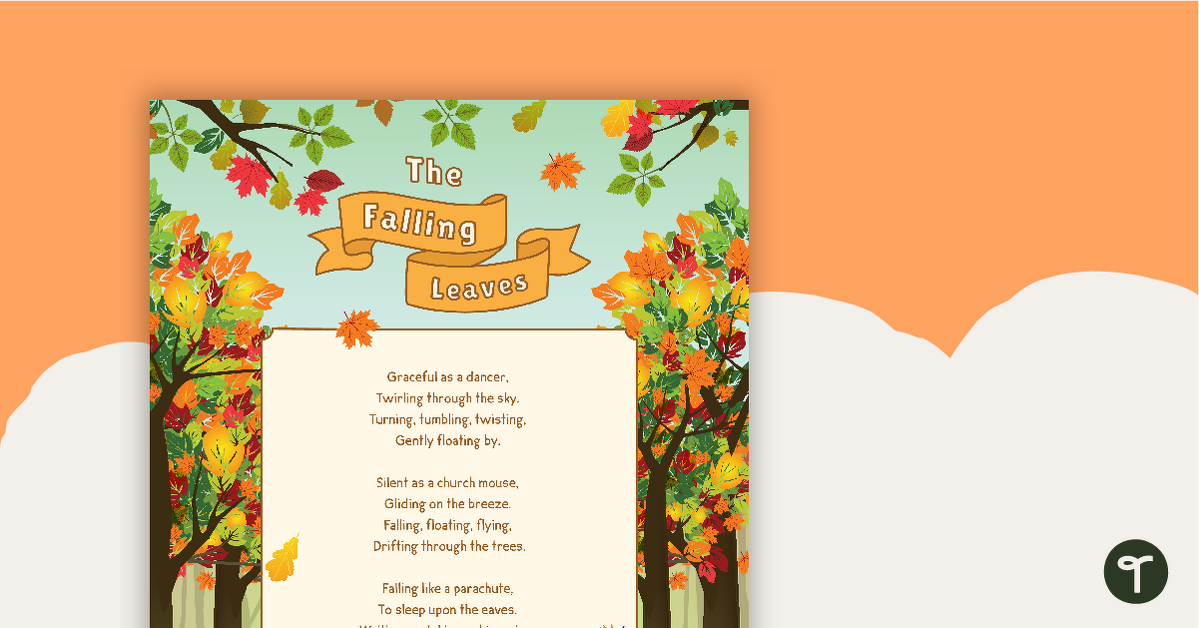
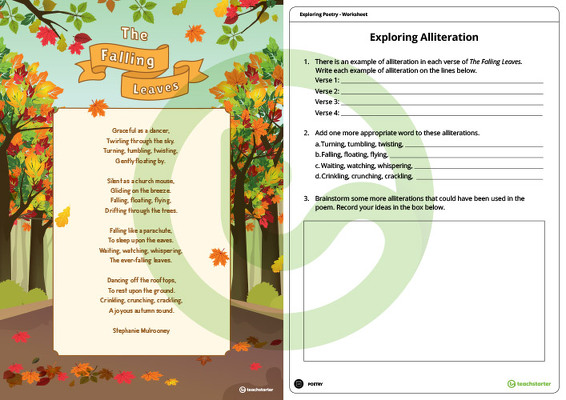

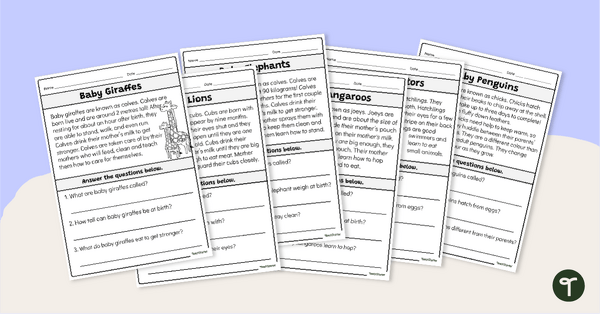
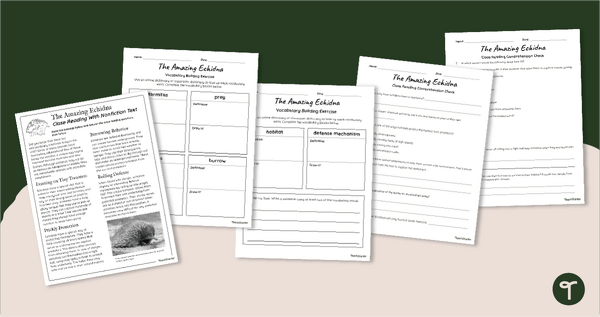
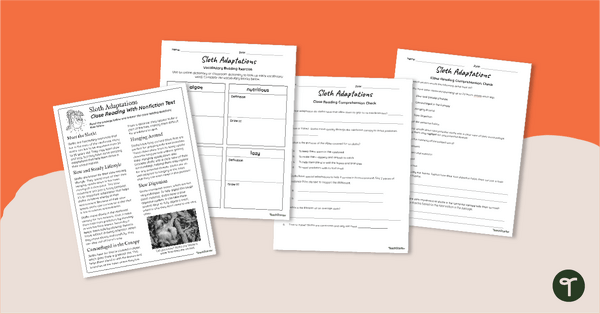
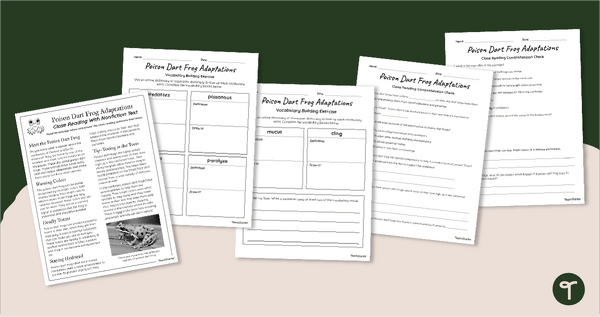

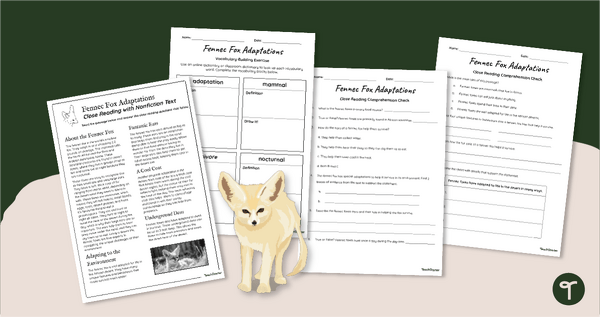



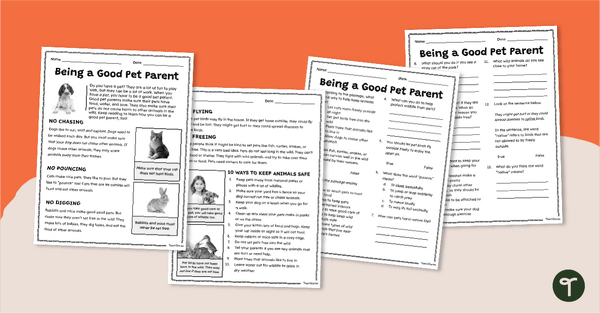
0 Comments
Write a review to help other teachers and parents like yourself. If you'd like to request a change to this resource, or report an error, select the corresponding tab above.